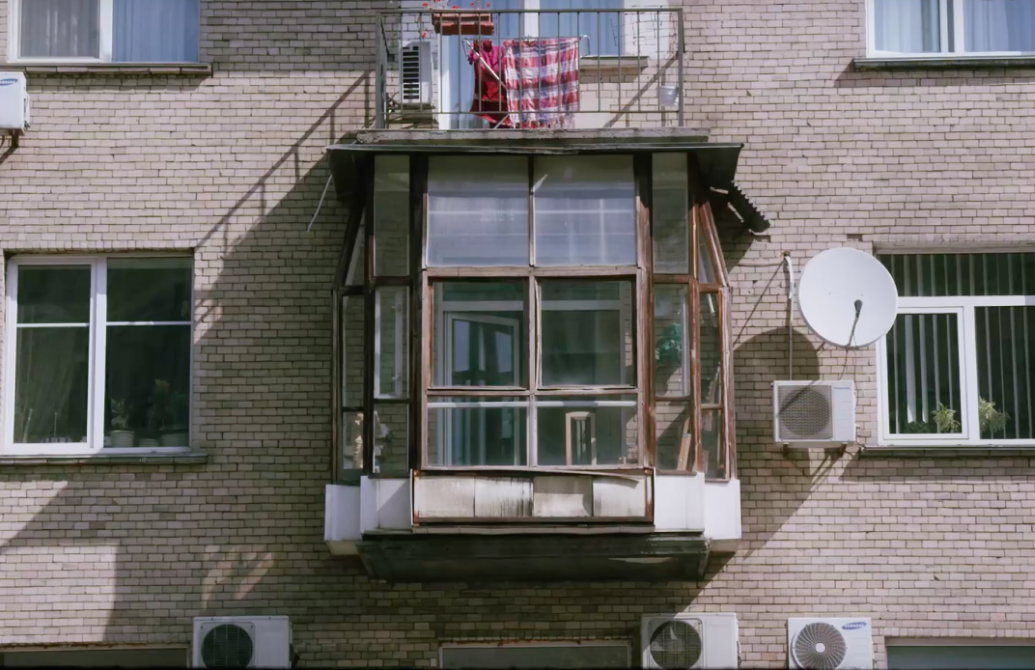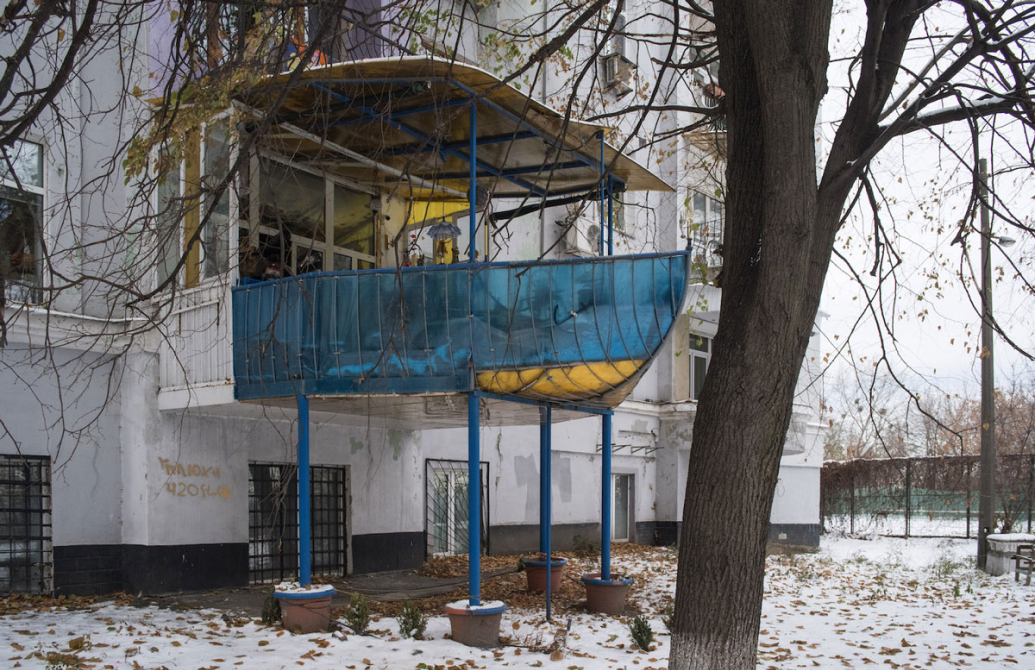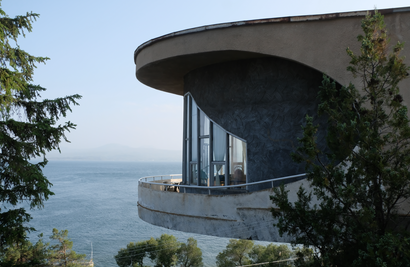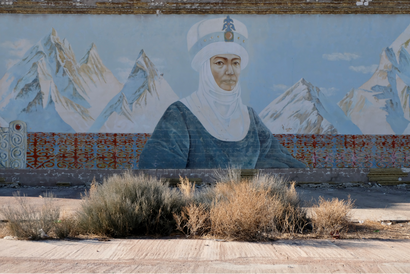Soviet Status Symbols: The Unique Balconies of the USSR

In Ukraine, there are balconies shaped like ship hulls and castles. DIY renovations extend over the streets below, each decorated in a unique style representative of their owner’s identity and requirements. The architecture of personal expression found in Soviet balconies tells a compelling story of defiance against uniformity.

From Saint Petersburg to Moscow
In the iconic Soviet film, Irony of Fate, or Enjoy Your Bath!, a drunken Moscow man flies to Saint Petersburg by mistake, where he takes a taxi to his home. The street, building and apartment in Saint Petersburg are identical to his street, building and apartment in Moscow. This was not entirely improbable, given that almost all buildings constructed after WWII were identical - across all the Soviet republics.
After the Second World War, there was an urgent need for housing across the USSR. All citizens were entitled to housing in the Soviet socialist state. To save on design and construction costs, thousands of centrally-planned identical concrete apartment buildings were built in quick succession all across the Soviet Union. With a focus on practical living over private comfort, many apartments lacked a kitchen, while bathrooms were often shared by multiple families. The buildings were referred to as Khrushchyovka, after the new premier Nikita Khrushchev, and they came to characterise the drab Soviet style which was famous in the West.

The USSR is dead, long live the Balcony
After the fall of the USSR, many Soviet citizens became owners of their own apartments, their first foray into private ownership. Even after the collapse of the Soviet Union, renovating a balcony required official permission - something that was hard to come by. This didn’t stop citizens from making their DIY renovations to make their balcony’s suit their requirements. Many enclosed them, effectively turning them into another room to compensate for the shortage of space in prefab-Soviet housing. Most were renovated without any thought for their stability. Questions of their safety come up time and time again.
The architecture of personal expression found in these balconies reveals a compelling image of the transition from socialism to individualism in the post-Soviet era. You can read more about balconies in the book in Balcony Chic or the recent documentary Enter Through The Balcony.
Built spaces tell us the stories of the civilisations that shaped them. They’re products of their time; windows on the politics of the past. Architecture isn’t just art, it’s anthropology. Architecture Across the Ages takes travellers to some of the most important – and most often overlooked – architectural sites across Eastern Europe and Central Asia. Visit Uzbekistan’s towering turquoise mosques, see how Georgia shook off Soviet rule with cosmic-inspired superstructures, and witness the rebirth of Turkmenistan with its audacious white marble city. Learn more






